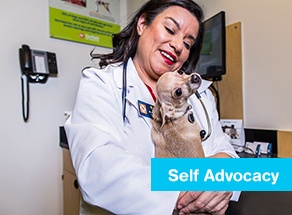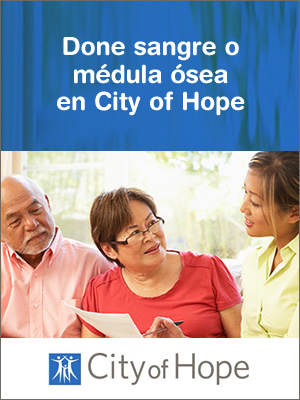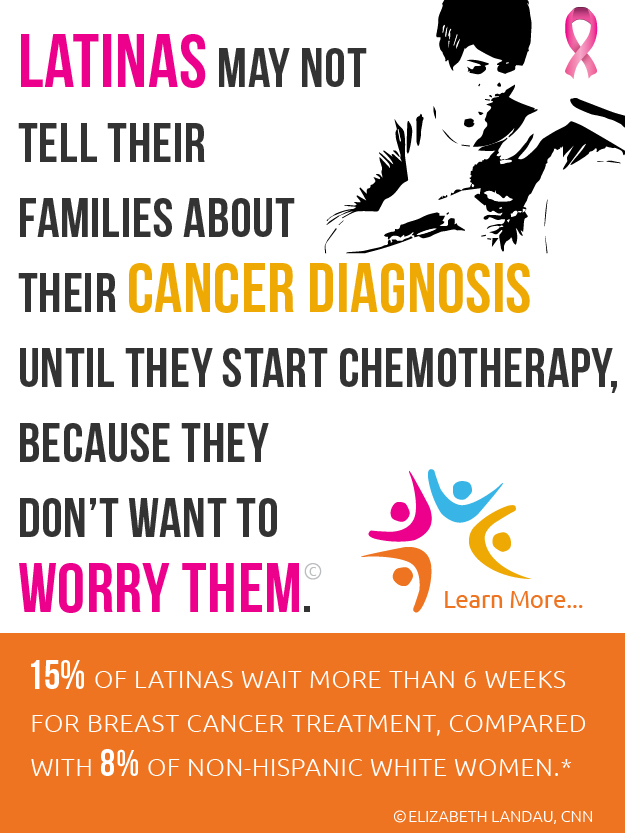Treatment Insights
Understanding Cultural Values Can Help Change Behavior and Advance Research
01/11/2015 06:00am | 7781 viewsUnderstanding cultural values and making Hispanic patients part of the conversation is key to changing behavior and advancing research.
Self Advocacy
Americans May See Appeal of Medical Tourism in Cuba
04/11/2015 12:00pm | 7326 viewsThousands of people visit the country each year for what is known as medical tourism.
By WILLIAM NEUMAN for The New York Times
Self Advocacy
A Preemptive Strike to Stroke
30/10/2015 06:00am | 7132 viewsby the Go Red Por Tu Corazon Editors
Personalized Care
Folk Cures and Alternative Treatment Are Putting Hispanic Patients At Risk
29/08/2013 06:00am | 29952 viewsAs Hispanics continue their ascent as the largest and fastest growing minority group in the U.S., tension points between the healthcare and the Hispanic communities are growing as well, fueled by the lack of outreach from the former to the latter. One of the results of this disconnect is that many Hispanics still rely on folk remedies that are passed on within the community and families, or they get their medical information from other alternative, non-medical sources. There are many instances of these alternative sources within local Hispanic communities; one such organization based in the Los Angeles area attributes roughly 60% of its sales in the U.S. to Latinos – and it is betting its future growth on them.
Breast Cancer Awareness
Cancer Genomics: Using Big Data to Advance Breast Cancer Risk Prediction
29/10/2015 12:00pm | 7576 viewsOver the past decade, the prospect of transforming cancer care to the next level went from being bleak to bright, thanks to our ever-expanding knowledge of cancer genomics and the technologies that make such understanding possible.








